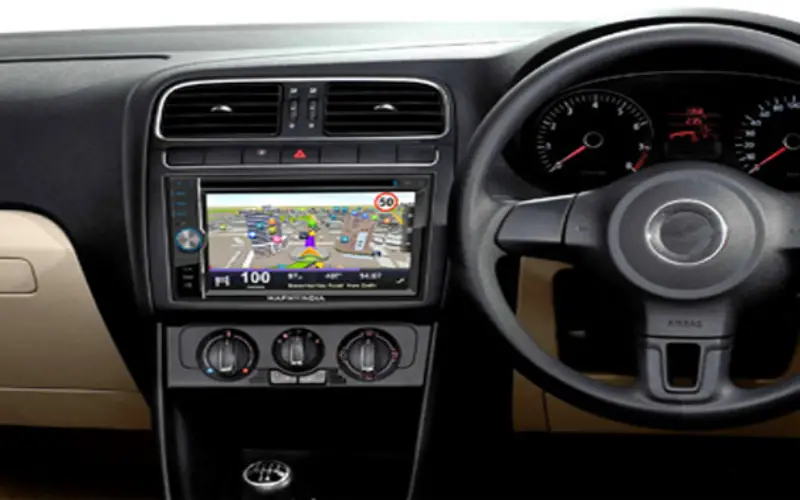
In a groundbreaking move to enhance road safety, Japan’s Ministry of Land, Infrastructure, Transport, and Tourism (MLIT) is set to introduce advanced AI-powered navigation systems to curb wrong-way driving on expressways. This initiative, primarily targeting elderly drivers, aims to achieve zero fatalities and injuries related to wrong-way driving by 2029.
Wrong-way driving has become a significant issue in Japan, especially as the nation’s population ages. Since 2011, approximately 200 incidents of wrong-way driving on expressways have been recorded annually, with a notable peak of 259 cases in 2015.
In 2023, 224 incidents were reported, with elderly drivers aged 65 and older accounting for over 61% of these cases. Despite previous measures, such as “No Entry” signs, road markings, and electronic alerts, the issue persists, necessitating a more advanced technological solution. This is where AI-powered navigation comes into play.
To address this problem, Japan plans to leverage AI-powered navigation systems that integrate with existing surveillance camera networks, which currently monitor road conditions and security on expressways. With over 15,000 cameras installed nationwide, covering most expressways, the system will utilize artificial intelligence (AI) image processing to detect vehicles driving in the wrong direction.
Also Read – LiDAR in Traffic Management: UDOT’s Plan for Safer Intersections
Once a wrong-way vehicle is detected, the AI-powered navigation system will instantly communicate with the driver and other nearby motorists through car navigation systems or smartphone apps.
The alerts will include voice warnings, notifying the wrong-way driver of their mistake and warning other drivers in the vicinity to take precautionary measures. This real-time response is designed to prevent head-on collisions, one of the most severe outcomes of wrong-way driving.

The development of these AI-powered navigation systems is scheduled to begin in fiscal 2024, with the Ministry planning to issue a tender for companies to create the technology. Initially, the system will undergo pilot testing at high-risk locations—areas with a history of repeated wrong-way incidents.
The pilot phase will assess the system’s effectiveness and help identify any technical or operational challenges that need to be addressed before a broader rollout.
Expressway operators will oversee the public solicitation process for project developers and will be responsible for installing and managing the AI-powered navigation systems once they are operational. The goal is to implement the system as early as possible at locations most prone to wrong-way driving incidents.
Japan’s approach to combating wrong-way driving through AI-powered navigation reflects a broader commitment to using advanced technology to improve public safety. By focusing on early detection, rapid communication, and comprehensive coverage, the country aims to set a new standard in road safety that could serve as a model for other nations facing similar challenges.
As Japan moves forward with this ambitious project, the hope is that the combination of AI-powered navigation, real-time alerts, and widespread implementation will not only reduce wrong-way driving incidents but ultimately save lives.
Source: Japan Today
GIS Resources is an initiative of Spatial Media and Services Enterprises with the purpose that everyone can enrich their knowledge and develop competitiveness. GIS Resources is a global platform, for latest and high-quality information source for the geospatial industry, brings you the latest insights into the developments in geospatial science and technology.

